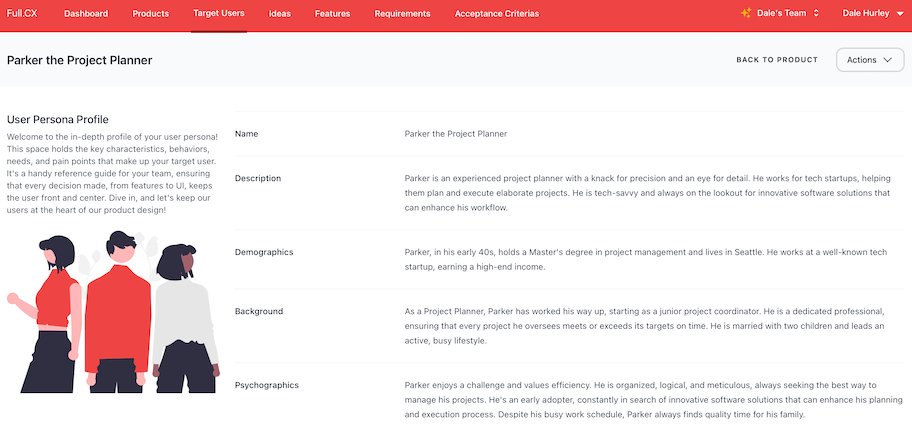1. Strategic Thinking: Seeing the Big Picture
At the heart of effective product management is the ability to think strategically. This means understanding market trends, competitive landscapes, and long-term vision for the product. Strategic thinking involves setting clear goals, prioritizing initiatives, and making decisions that align with the overall business objectives. A successful product manager must continually ask questions like, “Where is the market heading?” and “How can our product lead or adapt to these changes?”
2. Customer Empathy: Building with the User in Mind
One of the primary responsibilities of a product manager is to represent the voice of the customer. This requires deep empathy and an unwavering focus on understanding customer needs, pain points, and preferences. Conducting user research, gathering feedback, and engaging with customers allow product managers to build products that truly resonate with their target audience. Remember, a product that solves real problems and meets the user’s needs is far more likely to succeed.
3. Communication: Bridging the Gap
Product managers are the linchpin between various departments, including engineering, marketing, sales, and customer support. Effective communication is essential to ensure that everyone is on the same page and working towards a common goal. This includes not only conveying the product vision and roadmap but also collecting feedback and addressing concerns from different stakeholders. The ability to articulate ideas clearly and listen actively can make a significant difference in driving a product’s success.
4. Analytical Skills: Making Data-Driven Decisions
In today’s data-rich environment, product managers must be comfortable working with data to inform their decisions. This involves analyzing metrics, A/B testing, and leveraging analytics tools to understand user behavior and product performance. By interpreting data effectively, product managers can identify opportunities for improvement, optimize feature development, and measure the impact of their strategies. Being data-driven ensures that decisions are based on evidence rather than intuition alone.
5. Technical Proficiency: Understanding the Product’s Backbone
While product managers don’t necessarily need to be coding experts, having a solid understanding of the technical aspects of their product is crucial. Technical proficiency allows product managers to have meaningful conversations with their engineering teams, assess the feasibility of proposed solutions, and understand the implications of technical decisions. This knowledge also helps in bridging the gap between technical complexity and user needs, ensuring that the product is both functional and user-friendly.
6. Leadership: Inspiring and Motivating Teams
Product managers often lead cross-functional teams without direct authority, which requires strong leadership skills. This includes the ability to inspire, motivate, and influence team members to achieve common goals. Effective leadership involves fostering a collaborative and inclusive environment, addressing conflicts constructively, and maintaining team morale. By setting a positive example and demonstrating commitment to the product’s success, product managers can galvanize their teams to deliver exceptional results.
7. Adaptability: Thriving in Change
The tech industry is known for its rapid pace and constant innovation. Product managers must be adaptable and flexible, ready to pivot or adjust their strategies in response to new information or changing circumstances. This ability to thrive in ambiguity and manage uncertainty is essential for navigating the challenges and seizing the opportunities that arise in product development. Staying open to new ideas and being willing to iterate quickly can lead to more effective solutions and a more resilient product.
Empowering Your Product
Team for Success.
Start using Full.CX today.
Smart tools to streamline your transition from concept to concrete specifications.

